Problems with Spatial Data
GEOG 4/597: Advanced Spatial Quantitative
Analysis, Winter 2023
Jackson Voelkel | Portland State
University
Overview
- How are spatial data special?
- Identify the pitfalls of this “specialness”
- Spatial autocorrelation
- Modifiable areal unit problem (MAUP)
- Ecological fallacy
- Scale effects
- Non-uniformity of space
- Edge effects
Statistical Assumptions
- Linear relationship (for linear analyses)
- Normality
- No (or very little) multicollinearity.
- Independent variables are independent from one another
- No autocorrelation.
- Residuals are independent from one another
- Homoscedasticity
- Error terms are equal.
Homoscedasticity
x <- readRDS('C:/temp/model_object.RDS')
mod <- lm(bldgval ~ bldg_sqft_sum + gis_acres, data=x)
summary(mod)##
## Call:
## lm(formula = bldgval ~ bldg_sqft_sum + gis_acres, data = x)
##
## Residuals:
## Min 1Q Median 3Q Max
## -52257986 -74999 4154 80163 129886375
##
## Coefficients:
## Estimate Std. Error t value Pr(>|t|)
## (Intercept) -8.990e+03 1.512e+03 -5.944 2.78e-09 ***
## bldg_sqft_sum 1.040e+02 3.079e-01 337.571 < 2e-16 ***
## gis_acres 6.268e+05 2.399e+03 261.288 < 2e-16 ***
## ---
## Signif. codes: 0 '***' 0.001 '**' 0.01 '*' 0.05 '.' 0.1 ' ' 1
##
## Residual standard error: 810900 on 351151 degrees of freedom
## (2418 observations deleted due to missingness)
## Multiple R-squared: 0.3591, Adjusted R-squared: 0.3591
## F-statistic: 9.839e+04 on 2 and 351151 DF, p-value: < 2.2e-16
“As building value (bldgval) increases, so does
our error.” or “Our model is better at predicting home values for
less expensive homes”
Spatial is Special
Tobler’s First Law of Geography
Everything is related to everything else, but near things are more related than distant things.
- If this weren’t generally true, geography would be irrelevant
- In quantitative geography, this is important because it means data are not independent observations
So What?
- Spatial autocorrelation
- Scale effects
- Modifiable areal unit problem (MAUP)
- Non-uniformity of space
- Edge effects
Spatial Autocorrelation
Spatial Autocorrelation
Follows directly from Tobler’s Law
- There is redundancy in spatial data because nearby points are similar
- What is important:
- to be able to measure the autocorrelation
- to describe the autocorrelation structure
Spatial Autocorrelation
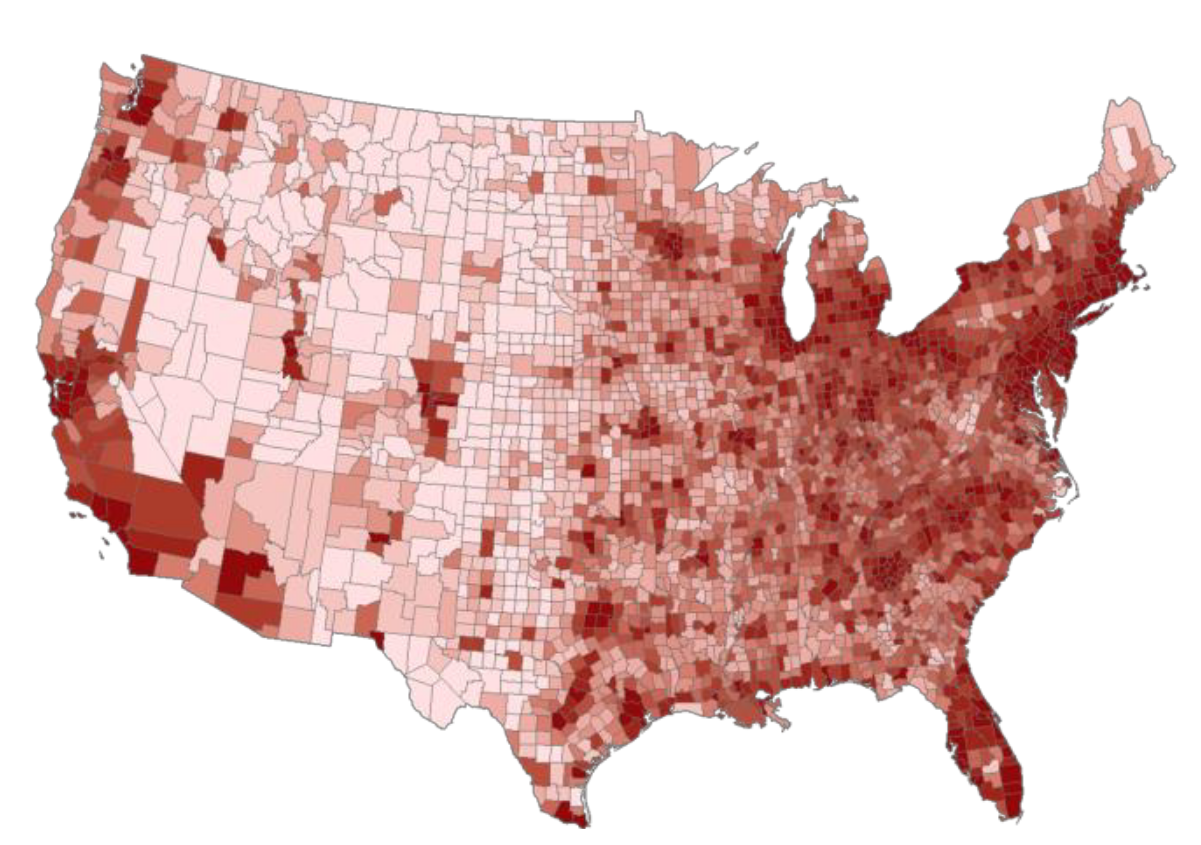
Actual Population
->
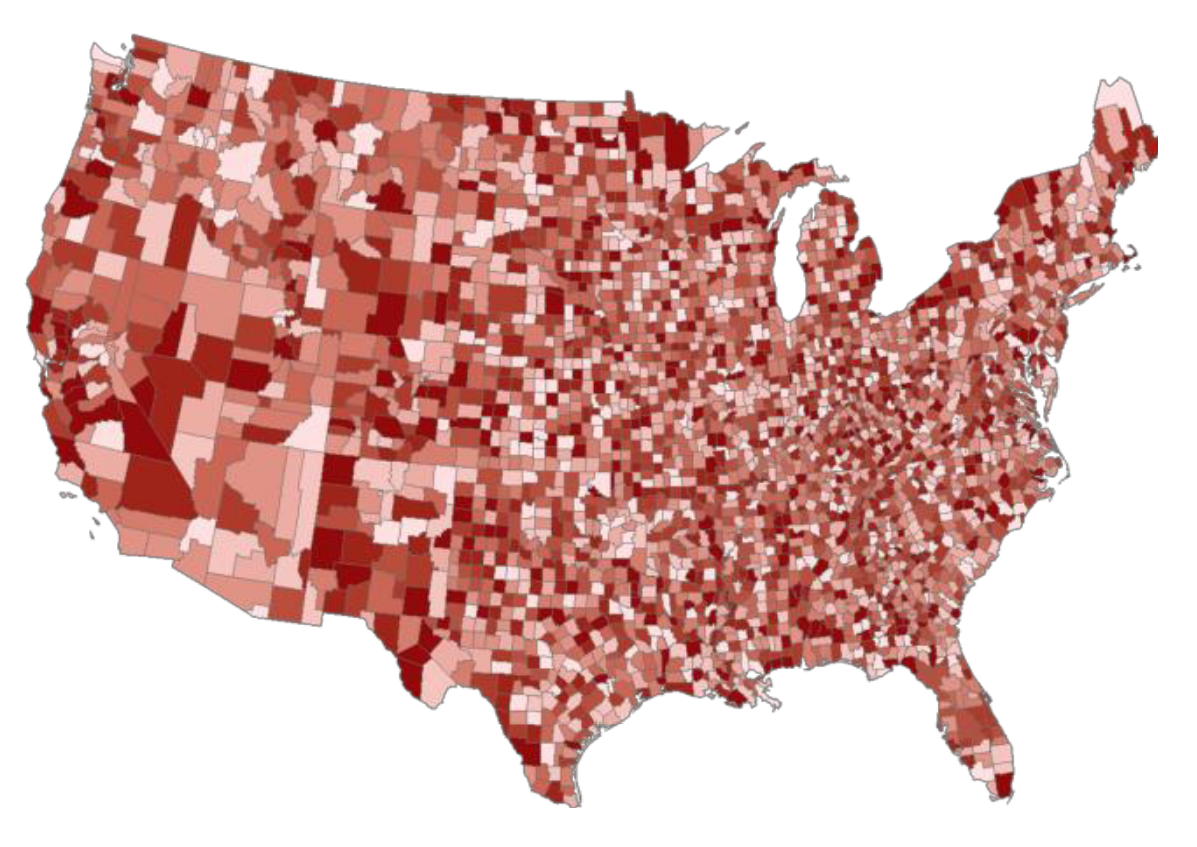
Random Population
https://mgimond.github.io/Spatial/spatial-autocorrelation.html
Spatial Autocorrelation
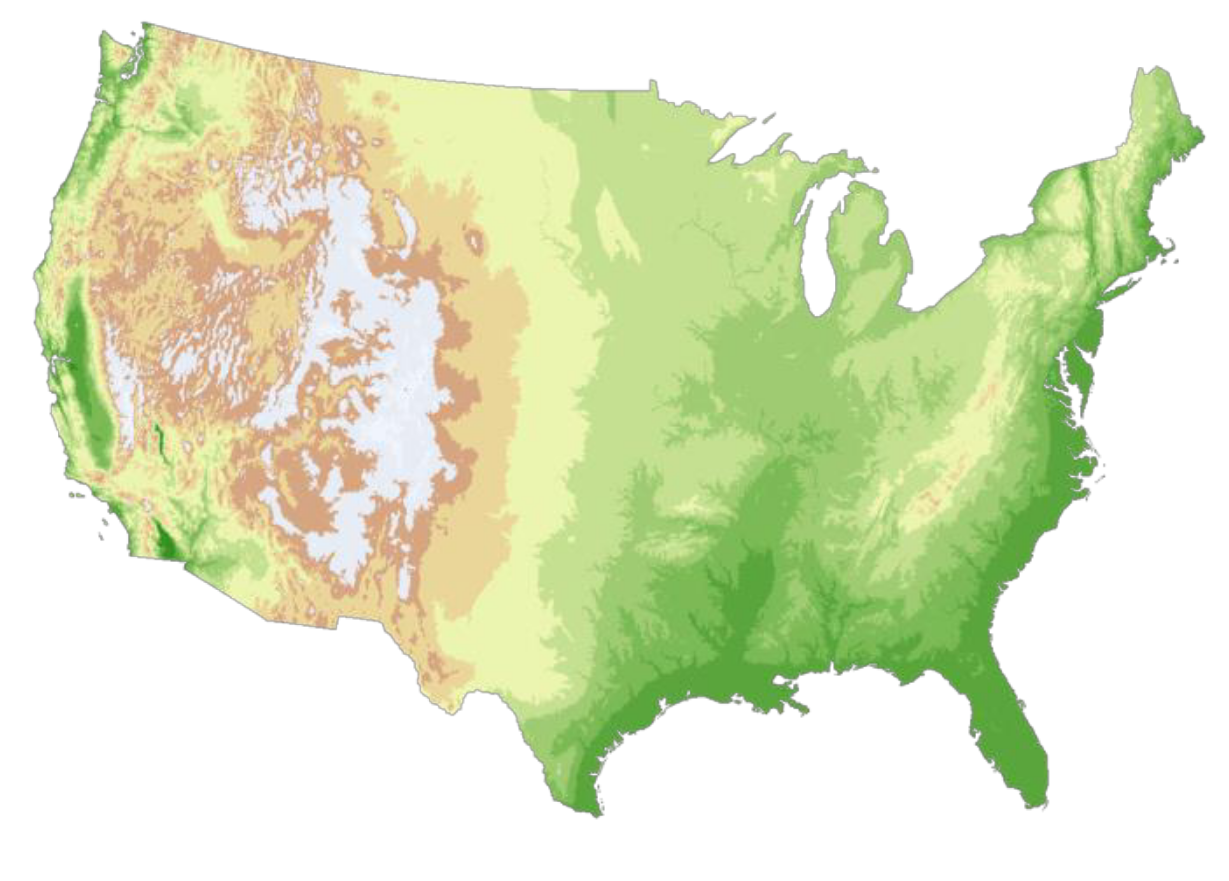
Actual Elevation
->
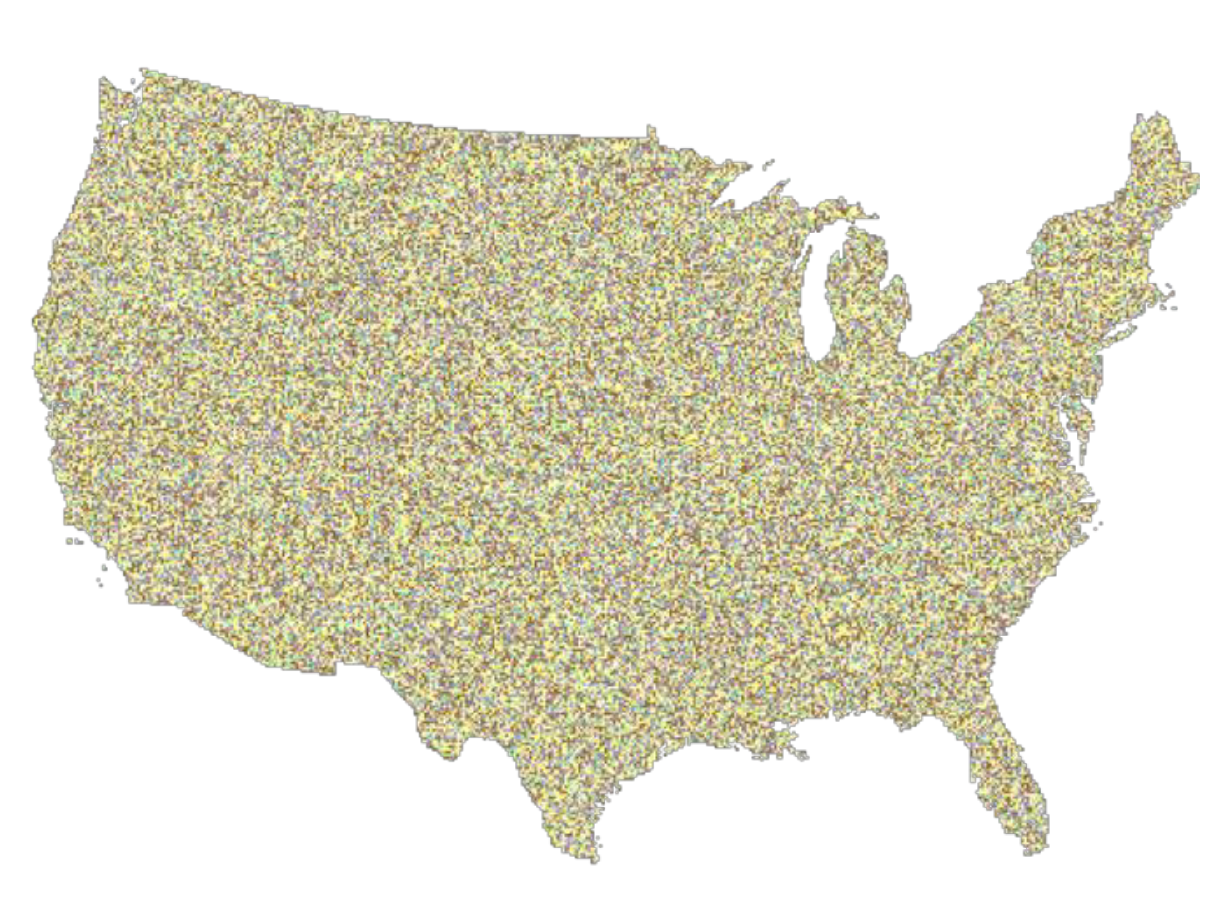
Random Elevation
https://mgimond.github.io/Spatial/spatial-autocorrelation.html
Spatial Variation
Spatial Variation
Two aspects of spatial variation:
- First order variation: Large-scale variation in the mean (or typical) value; variation is due to changes in the environment or background
- Second order variation: Local variations due to interaction effects between observations
First Order Variation
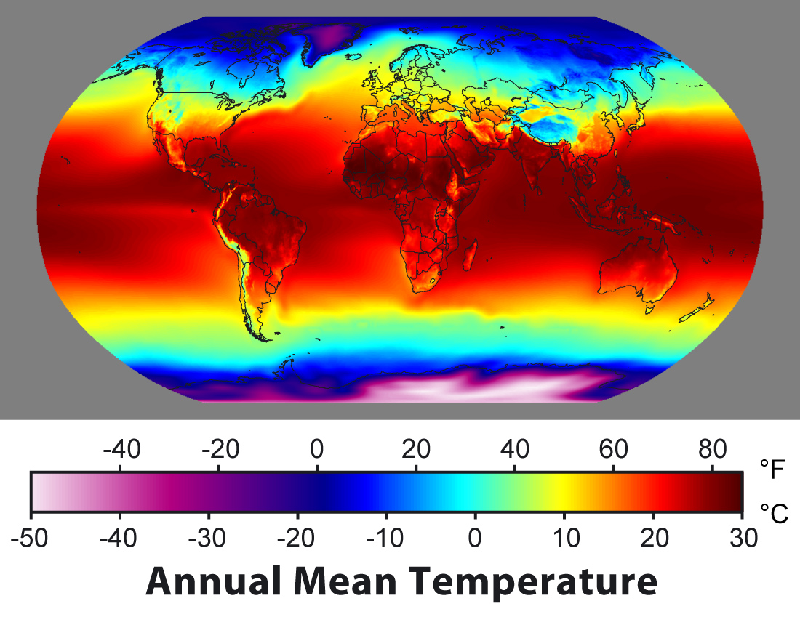
https://en.wikipedia.org/wiki/File:Annual_Average_Temperature_Map.jpg
Second order
Modifiable Areal Unit Problem (MAUP)
Modifiable Areal Unit Problem (MAUP)
- Areal units are often arbitrary, for the convenience of data collection and aggregation, rather than related to geography
- Many standard statistical techniques are sensitive to the chosen units
So what?
1. We can take note of this, and include it in
our analysis considerations…
2. … or
we can use it for voter suppression!

Modifiable Areal Unit Problem (MAUP)
Our choice of spatial reference frame is itself a significant determinant of the statistical and other patterns we observe.
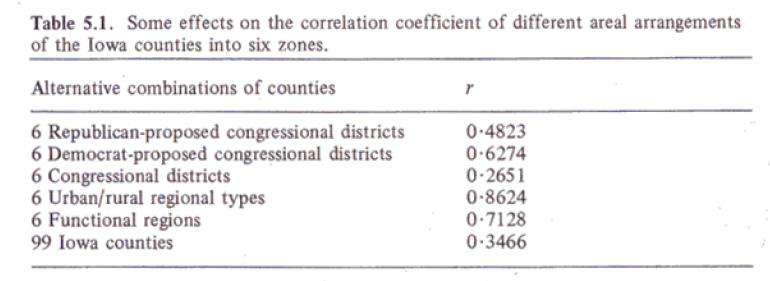
x = % of population over 62; y= % vote
for Republican congressional candidates (1968)
Openshaw, S. and P.J. Taylor. 1979. “A million or so correlation coefficients: Three experiments on the modifiable areal unit problem.” Pp. 127-144 in Statistical Methods in the Spatial Sciences, edited by N. Wrigley. London: Pion.
Modifiable Areal Unit Problem (MAUP)
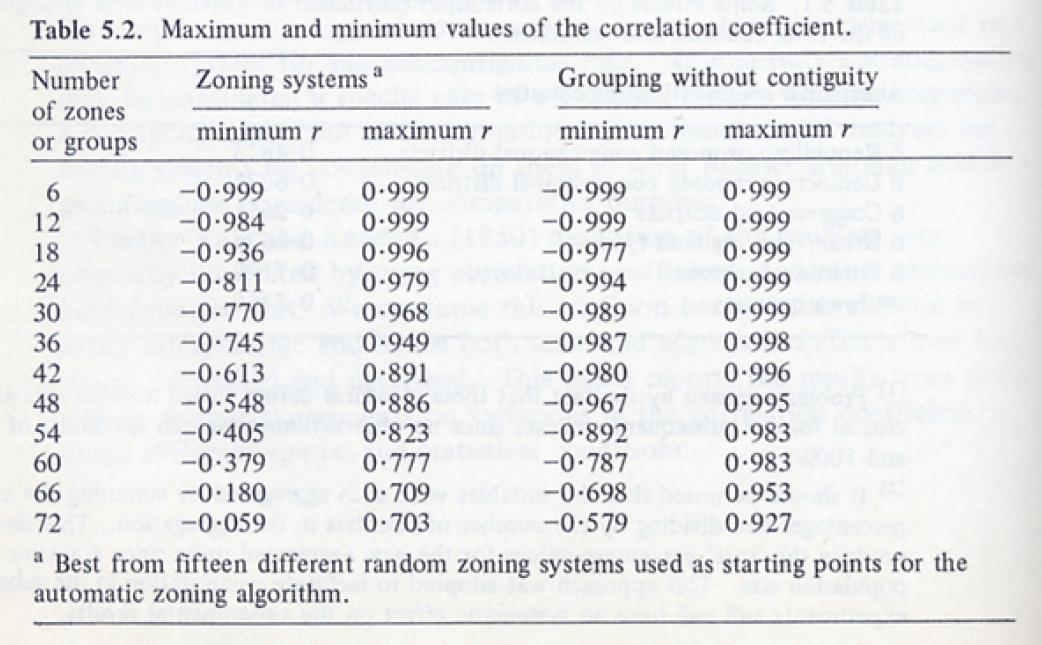
Openshaw, S. and P.J. Taylor. 1979. “A million or so correlation coefficients: Three experiments on the modifiable areal unit problem.” Pp. 127-144 in Statistical Methods in the Spatial Sciences, edited by N. Wrigley. London: Pion.
Modifiable Areal Unit Problem (MAUP)

Modifiable Areal Unit Problem (MAUP)
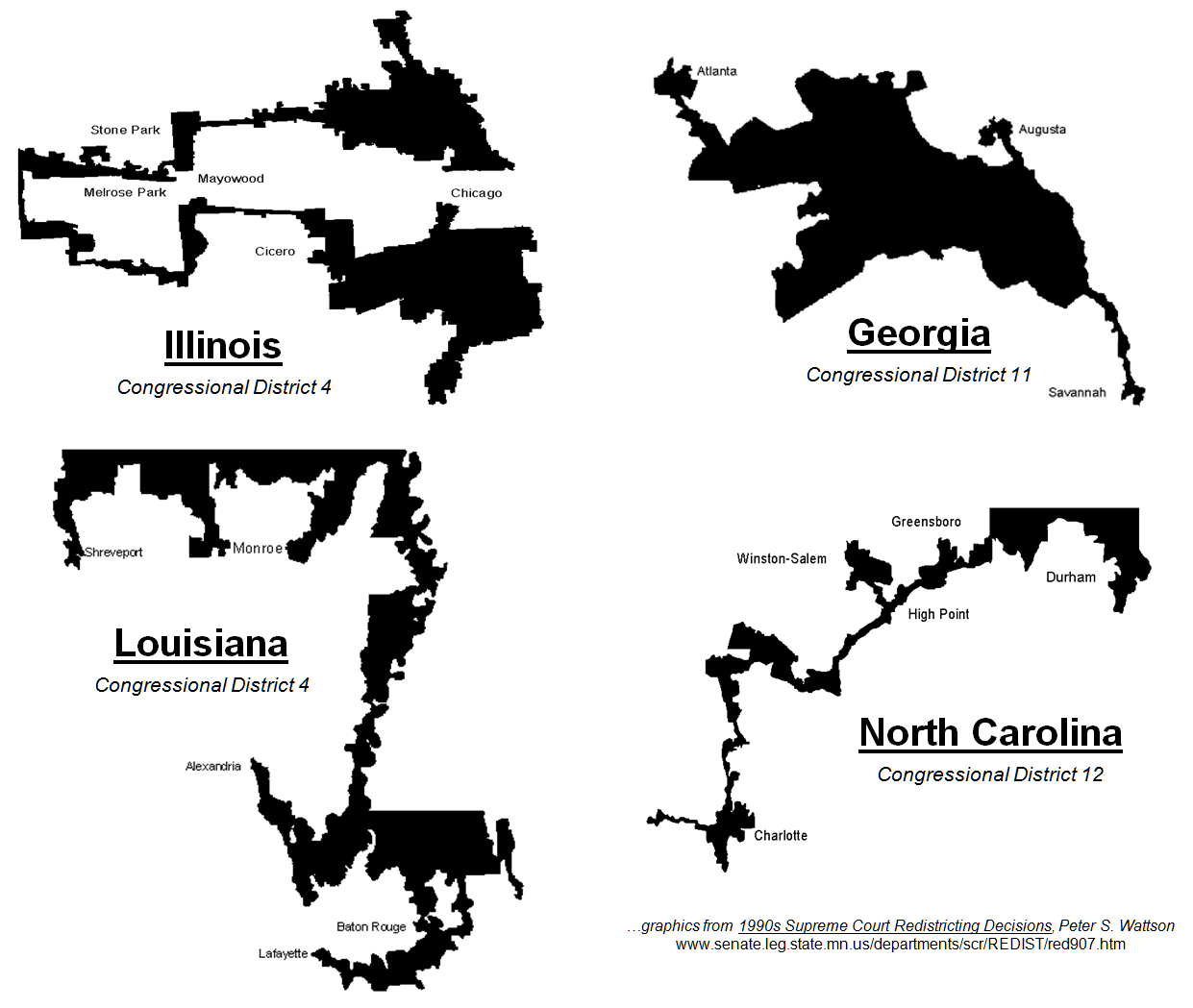
Ecological Fallacy
Ecological Fallacy
Invalid transfer of conclusions from spatially aggregated analysis to smaller areas or even to the individual level.
- Statistical relationship observed at one scale cannot be assumed at another scale
- Extremely common fallacy
- Closely related to MAUP: Statistical relationships may change at different levels of aggregation
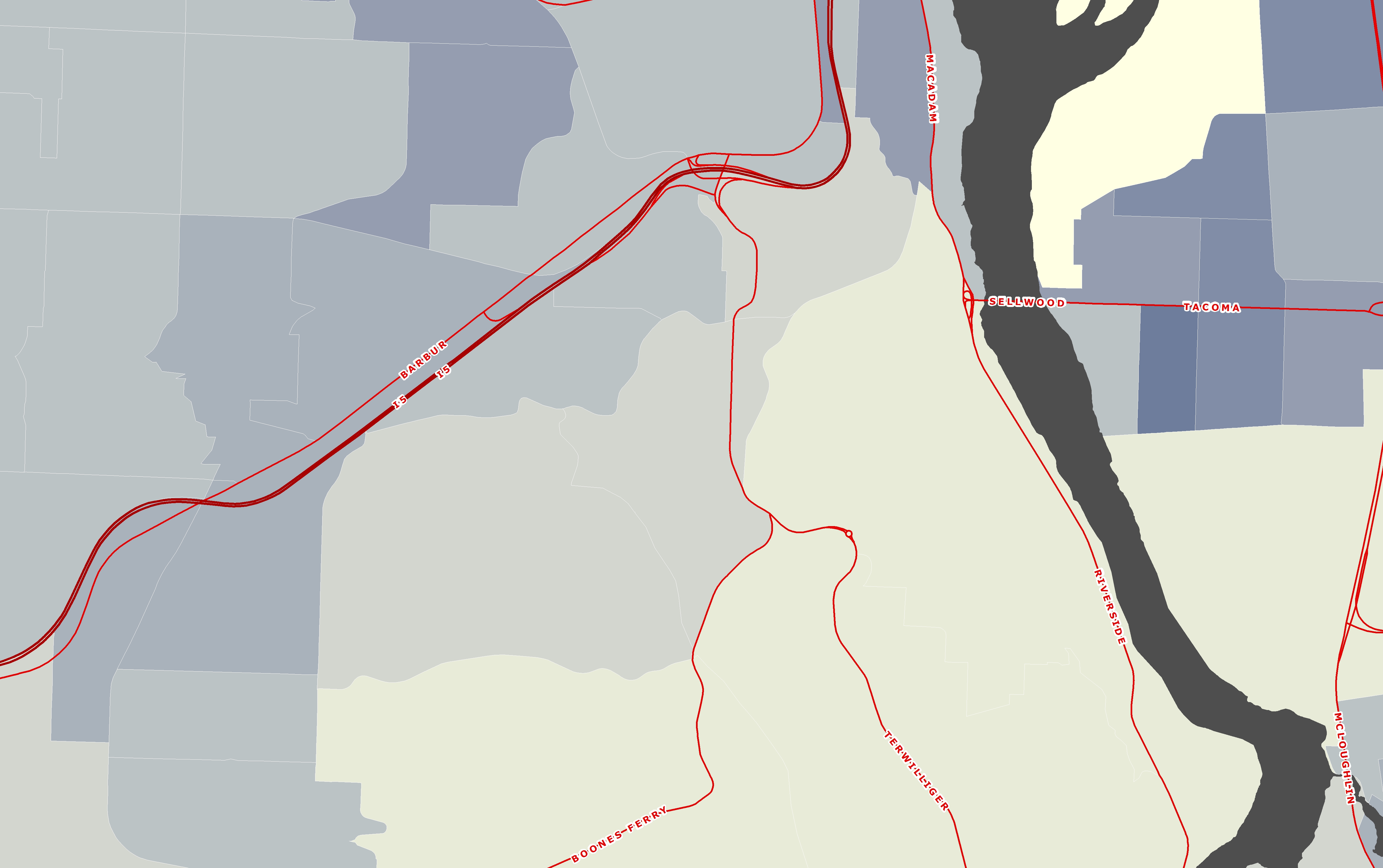
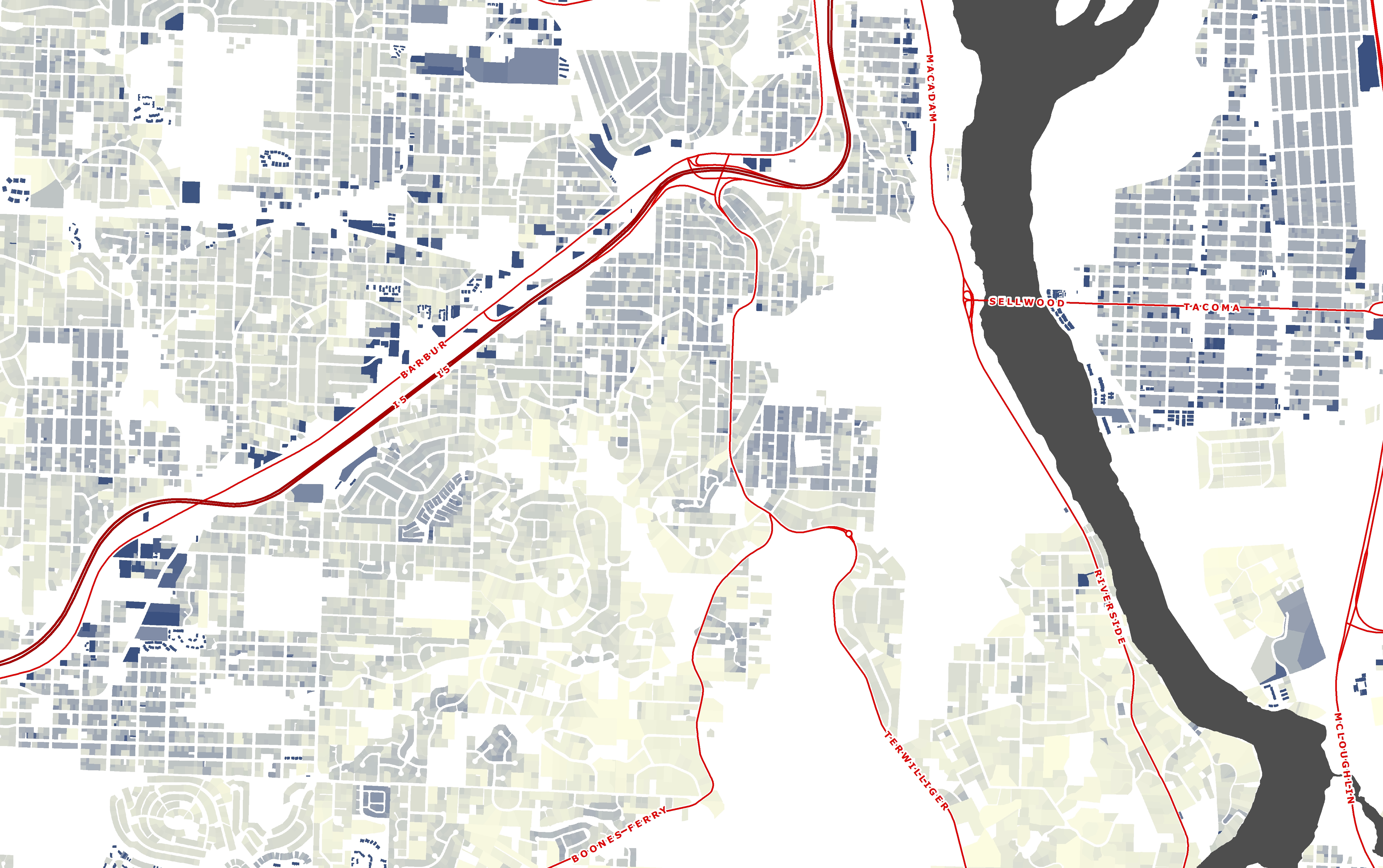
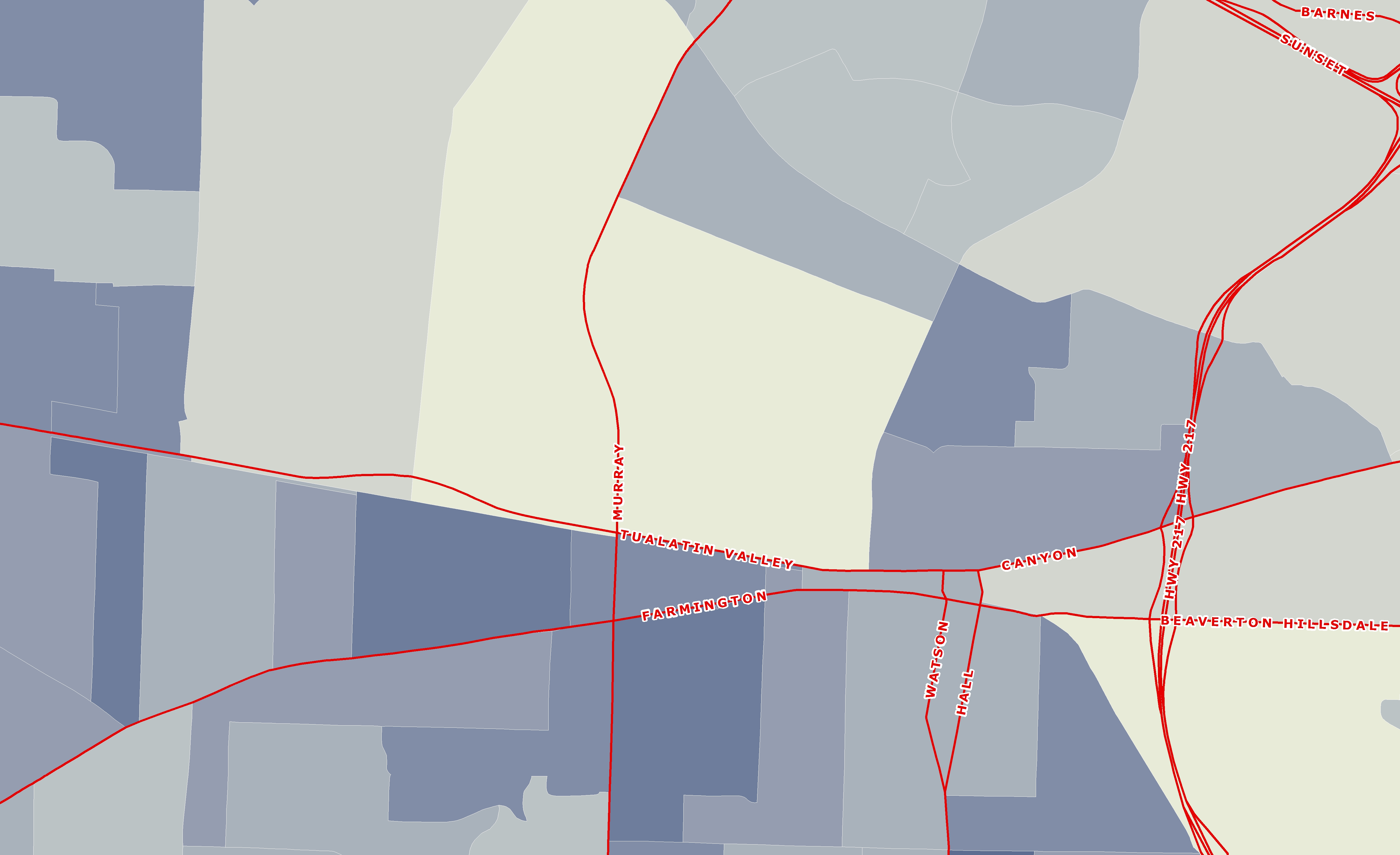
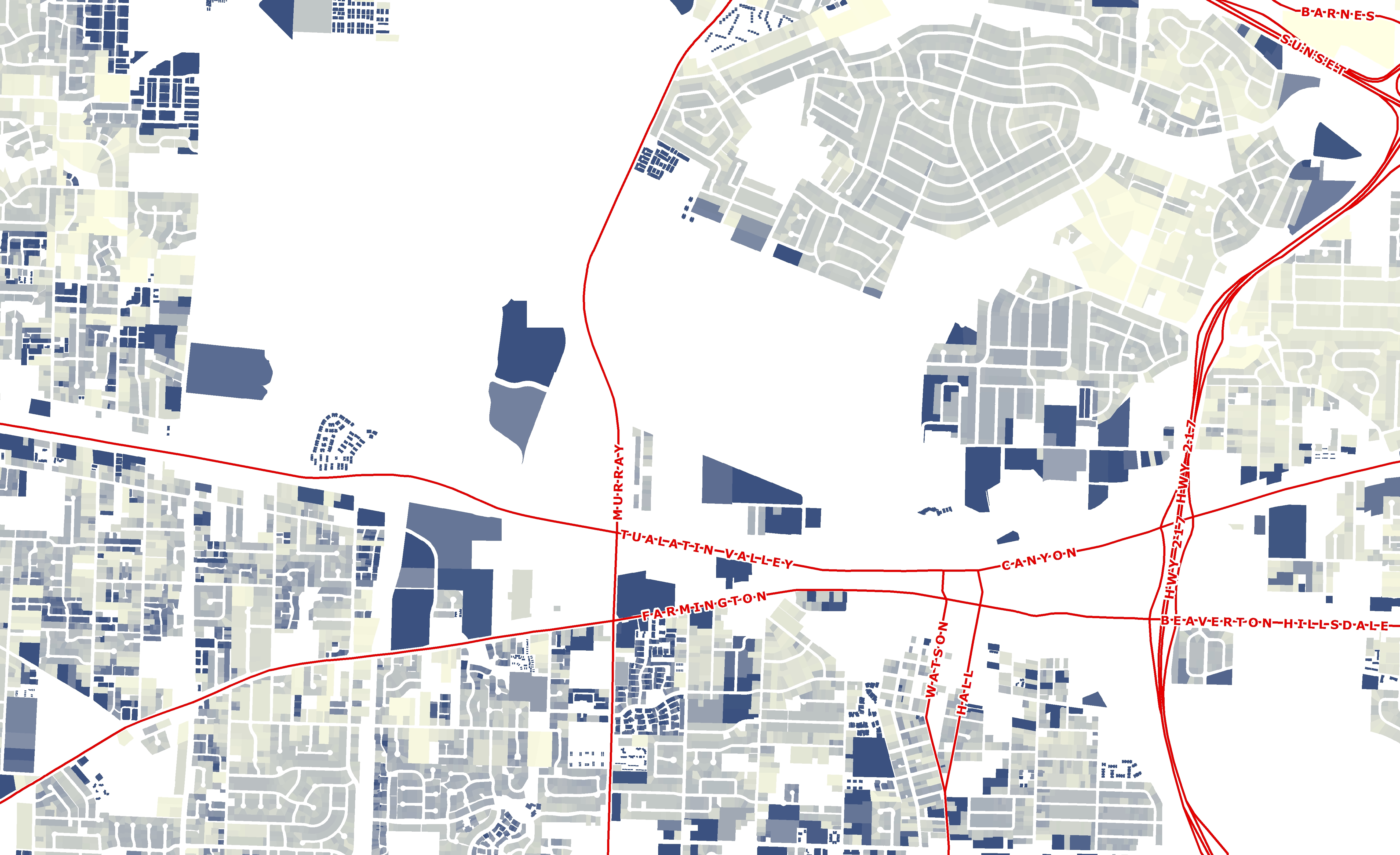
Assessing Exposure
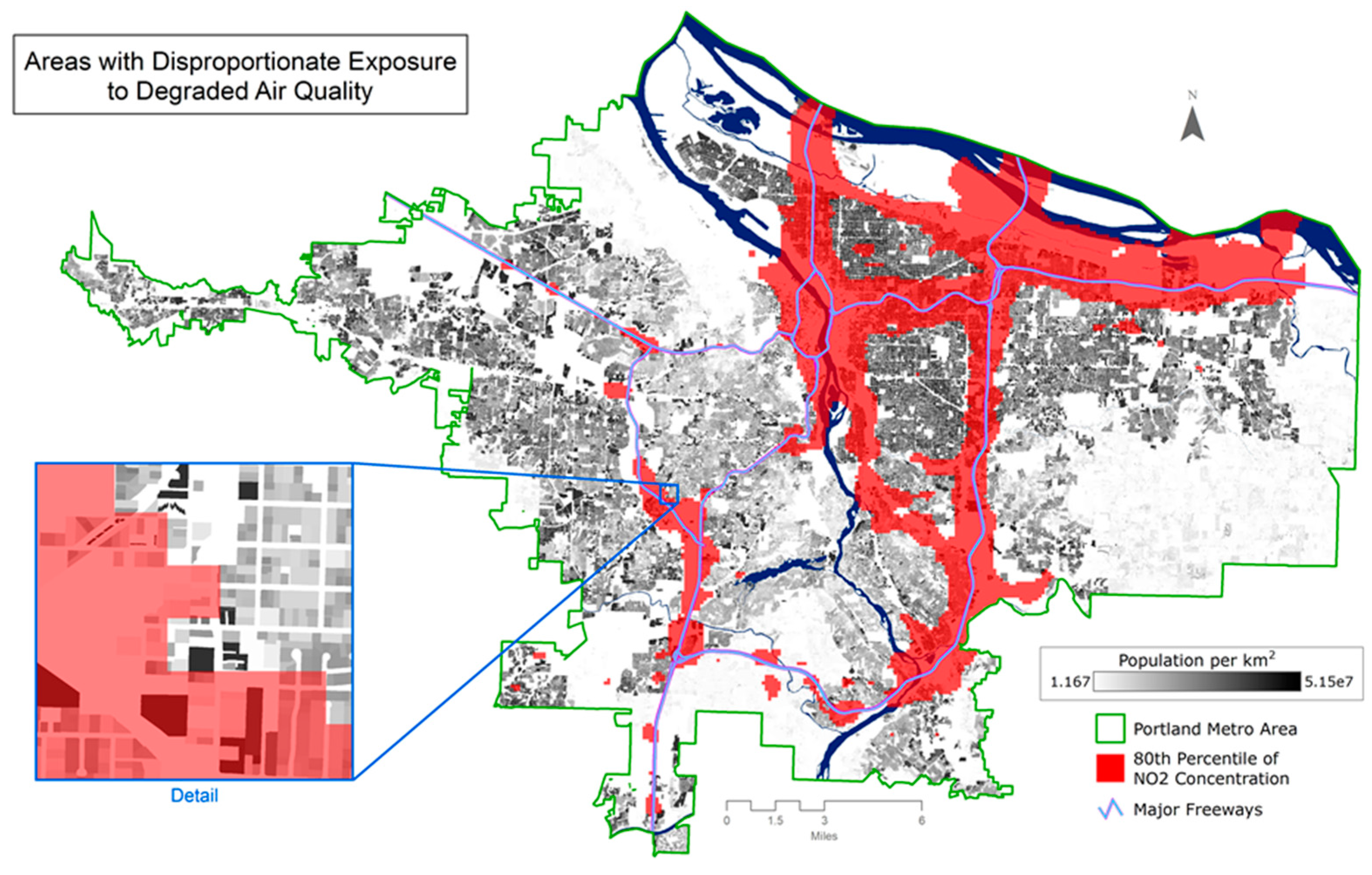
Assessing Exposure
Comparing Dasymetric population data to standard census geometries:

Scale Effect
Scale Effect
Scale effects are fundamental and should be considered before spatial analysis
- Different representations are appropriate at different scales, so representation of the entities changes depending on the scale
- Scale is also a factor in the description of the spatial structure - in the distinction between first and second order.
- Can be similar to MAUP, though uniform (e.g. raster cells)

Dependent
| 87 | 95 | 72 | 37 | 44 | 24 |
| 40 | 55 | 55 | 38 | 88 | 34 |
| 41 | 30 | 26 | 35 | 38 | 24 |
| 14 | 56 | 37 | 34 | 8 | 18 |
| 49 | 44 | 51 | 67 | 17 | 37 |
| 55 | 25 | 33 | 32 | 59 | 54 |
Independent
| 72 | 75 | 85 | 29 | 58 | 30 |
| 50 | 60 | 49 | 46 | 84 | 23 |
| 21 | 46 | 22 | 42 | 45 | 14 |
| 19 | 36 | 48 | 23 | 8 | 29 |
| 38 | 47 | 52 | 52 | 22 | 48 |
| 58 | 40 | 46 | 38 | 35 | 55 |

Dependent
| 69.25 | 50.5 | 47.5 |
| 35.25 | 33 | 22 |
| 43.25 | 45.75 | 41.75 |
Independent
| 64.25 | 52.25 | 48.75 |
| 30.5 | 33.75 | 24 |
| 45.75 | 47 | 40 |

Dependent
| 55.67 | 40.22 |
| 40.44 | 36.22 |
Independent
| 53.33 | 41.22 |
| 42.67 | 34.44 |
Scale: Census Geographies
Median Household Income
require(tidycensus)
require(sf)
require(tmap)
cnty <- tidycensus::get_acs(
geography = 'county', variables = 'B19049_001E',
state="OR", county=c('Clackamas','Multnomah'),
year=2010, geometry = TRUE) %>%
st_transform(2913)
trct <- tidycensus::get_acs(
geography = 'tract', variables = 'B19049_001E',
state="OR", county=c('Clackamas','Multnomah'),
year=2020, geometry = TRUE) %>%
st_transform(2913)
bg <- tidycensus::get_acs(
geography = 'block group', variables = 'B19049_001E',
state="OR", county=c('Clackamas','Multnomah'),
year=2020, geometry = TRUE) %>%
st_transform(2913)cnty %>% tm_shape() +
tm_polygons(col='estimate', title="MHI", palette = "YlGnBu",
border.col = 'white',lwd=0.5) +
tm_layout(main.title = "Median Household Income: County")
trct %>% tm_shape() +
tm_polygons(col='estimate', title="MHI", palette = "YlGnBu",
border.col = 'white',lwd=0.5) +
tm_layout(main.title = "Median Household Income: Tract")
bg %>% tm_shape() +
tm_polygons(col='estimate', title="MHI", palette = "YlGnBu",
border.col = 'white',lwd=0.3, style="jenks") +
tm_layout(main.title = "Median Household Income: Block Group")

Scale: Census Geographies
Percent Hispanic or Latino
cnty <- tidycensus::get_acs(
geography = 'county',
variables = c('B01001_001E','B03002_012E'),
state="OR",
year=2020,
county=c('Clackamas','Multnomah'),
geometry = TRUE,
output = 'wide') %>%
mutate(
pct_hl = B03002_012E / B01001_001E
) %>% st_transform(2913)
trct <- tidycensus::get_acs(
geography = 'tract',
variables = c('B01001_001E','B03002_012E'),
state="OR",
year=2020,
county=c('Clackamas','Multnomah'),
geometry = TRUE,
output = 'wide') %>%
mutate(
pct_hl = B03002_012E / B01001_001E
) %>% st_transform(2913)
bg <- tidycensus::get_acs(
geography = 'block group',
variables = c('B01001_001E','B03002_012E'),
state="OR",
year=2020,
county=c('Clackamas','Multnomah'),
geometry = TRUE,
output = 'wide') %>%
mutate(
pct_hl = B03002_012E / B01001_001E
) %>% st_transform(2913)cnty %>% tm_shape() +
tm_polygons(col='pct_hl', title="% of Pop.", palette = "YlGnBu",
border.col = 'white', lwd=0.5) +
tm_layout(main.title = "Hispanic or Latino: County")




Scale: Census Geographies
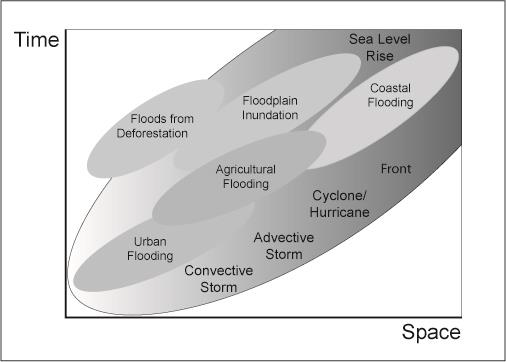
Scale and Resolution
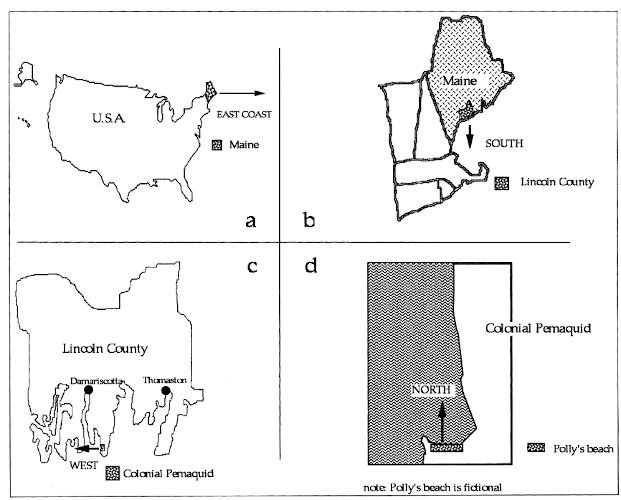
Uncertain Geographic Context Problem (UGCoP)
Uncertain Geographic Context Problem (UGCoP)
Findings about the effects of area-based attributes could be affected by how contextual units or neighborhoods are geographically delineated and the extent to which these areal units deviate from the ‘true causally relevant’ geographic context
Mei-Po Kwan (2012) The Uncertain Geographic Context Problem, Annals of the Association of American Geographers, 102:5, 958-968, DOI: 10.1080/00045608.2012.687349
Uncertain Geographic Context Problem (UGCoP)
- Different from MAUP
- Arises not because of issues with aggregation or zoning, but rather because of uncertainty
- Uncertainty as to what are the actual areas that exert contextual influence on the phenomenon under study
- Individuals living in the same areal unit may experience influences from many other areal units
Uncertain Geographic Context Problem (UGCoP)
Arises because of our limited knowledge about the precise spatial and temporal configuration of each individual’s true geographic context, not because of the use of a particular scheme of areal division, zonal aggregation, or spatial scale
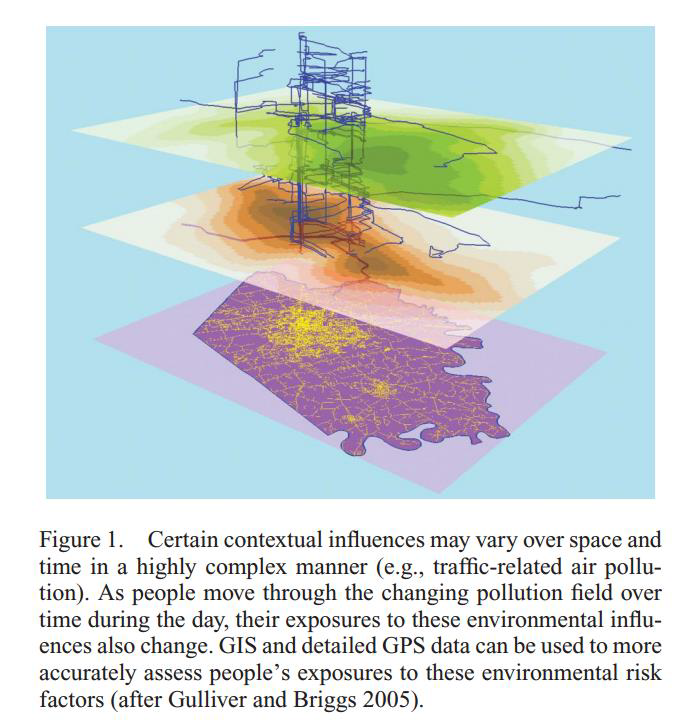
Kwan, Mei-Po. 2012. “How GIS can help address the uncertain geographic context problem in social science research.” Annals of GIS 18:245-255.
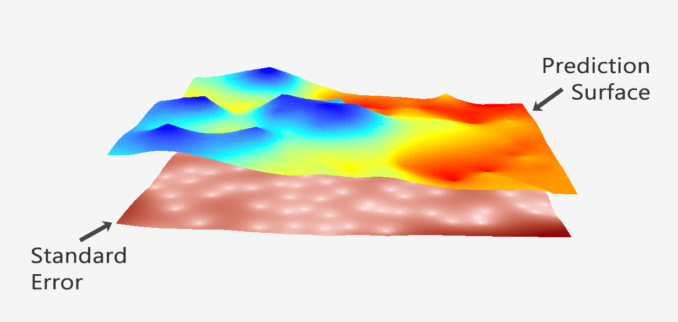
Non-uniformity of Space
Non-uniformity of Space
- Space is not uniform
- Particularly problematic for data gathered on human geography
- E.g.: Disease clusters against background population density. So does graffiti
Non-uniformity of Space

Source: XKCD
Non-uniformity of Space

Non-uniformity of Space


Edge Effects
Edge Effects
- Edge effects are a commonly occurring example of non-uniformity and scale effects rolled into one
- Entities on the edge of the study area only have neighbors in one direction
- Can substantially alter results
Edge Effects - Model NOx for an Industirial Area
- Causes: combustion (vehicles, factories)
- Ameliorators: trees …
Model NOx for an Industirial Area

Model NOx for an Industirial Area
For our study area we’ve included information on:
- Roads/traffic/rail
- Industrial/manufacturing
- Trees/vegetation
- Docks/ports
- Water
- etc
Model NOx for an Industirial Area

Model NOx for an Industirial Area

Model NOx for an Industirial Area
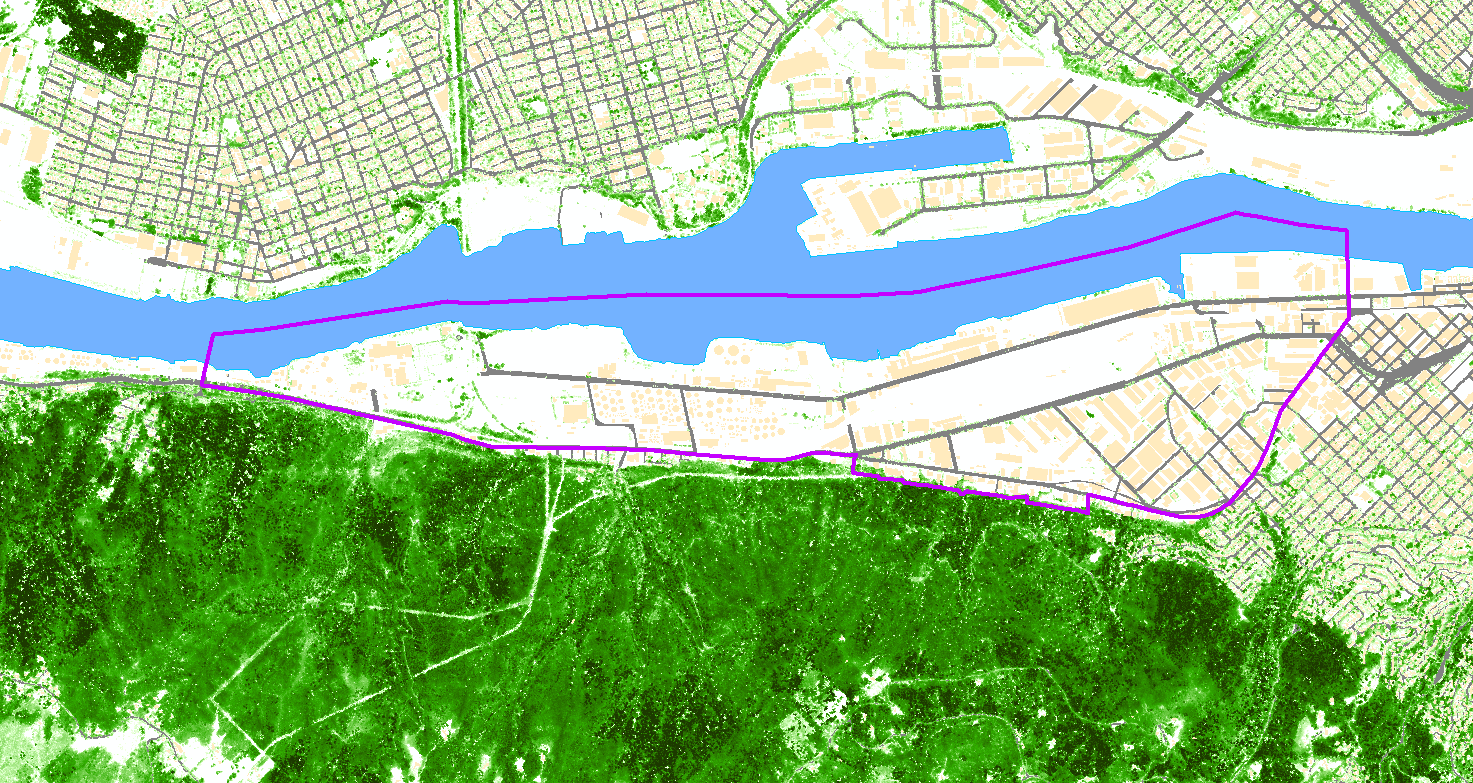
Maybe our initial model has some issues…
What scale best fixes edge effects?

- It depends!
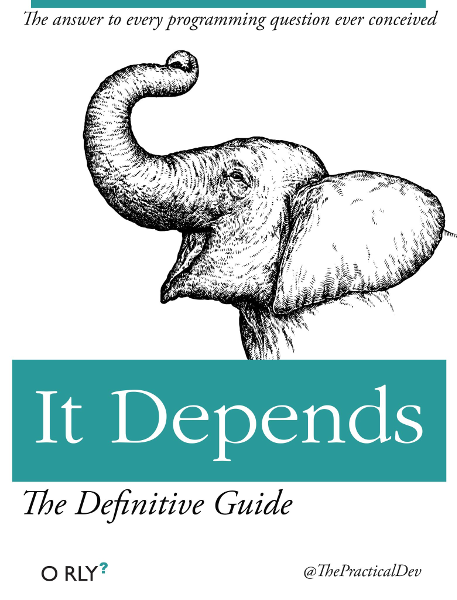
Edge effects via data limitations
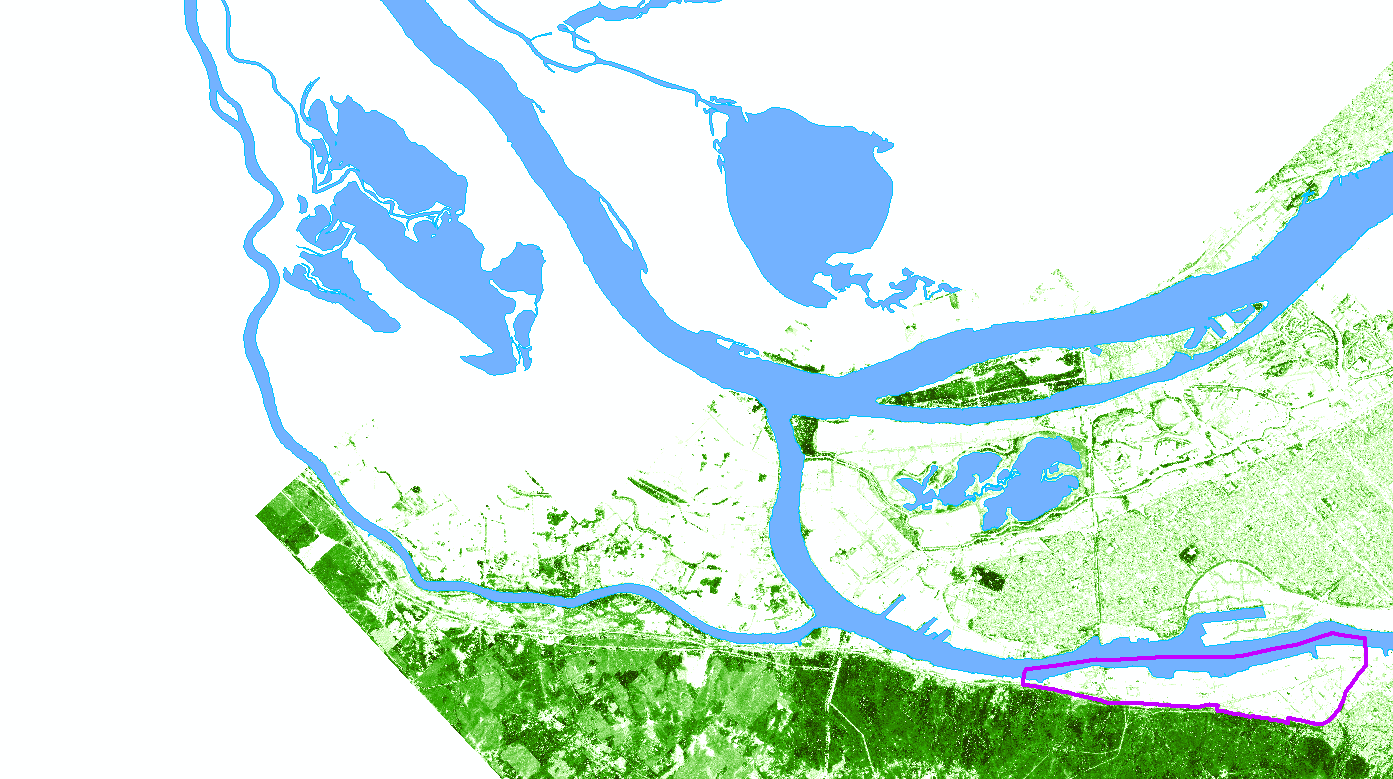
Summary
Spatial autocorrelation
- Operates to the detriment of conventional statistical by introducing redundancy and nonindependence into data
- Diagnostic measures are available; they are also used to describe the spatial autocorrelation structure
- Distinction between first and second order effects
Scale
- The first / second order effect is often related to scale
Modifiable areal unit problem
- Related to scale
- Remains unsolved … it is always present!
Non-uniformity of space
- Important underlying causes are often not uniform
Edge effects
- There are usually effects beyond what you are looking at
What does this all have in common?
Tobler’s First Law of Geography
Next class
Next class
- Keep plugging away at DataCamp
- An introduction to R Studio, R Markdown
- Our first lab!